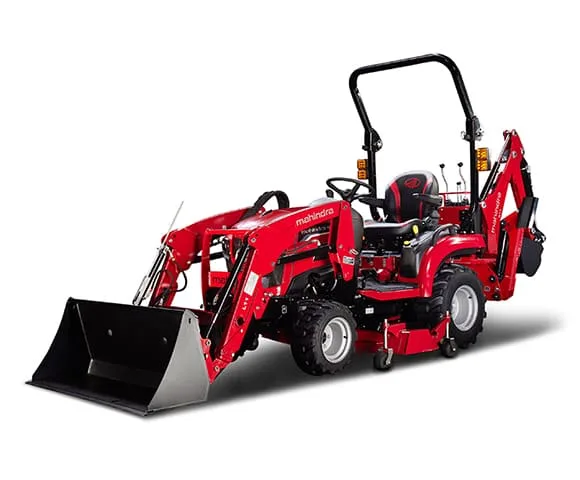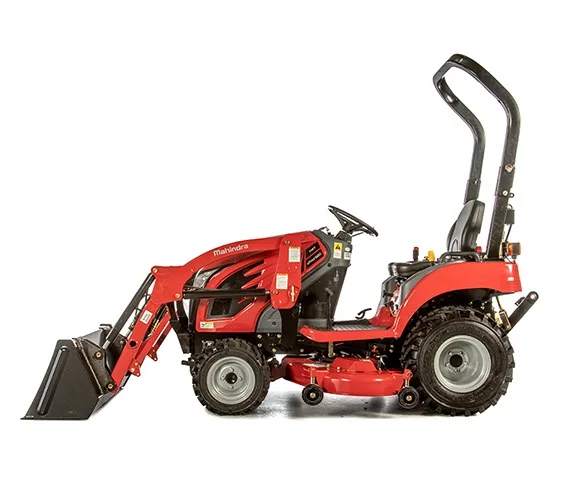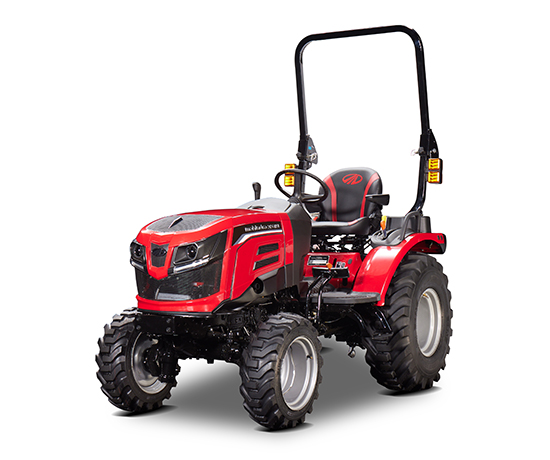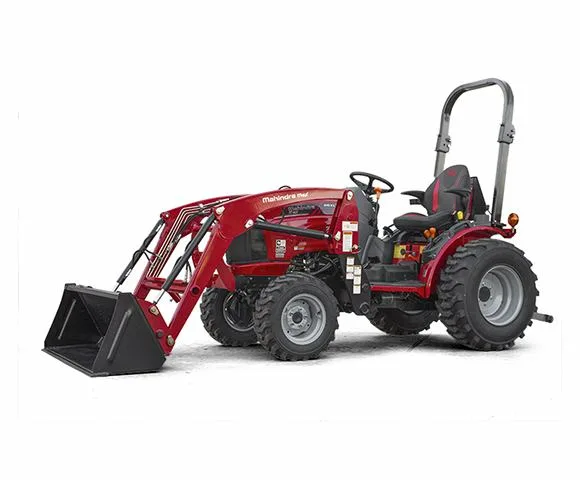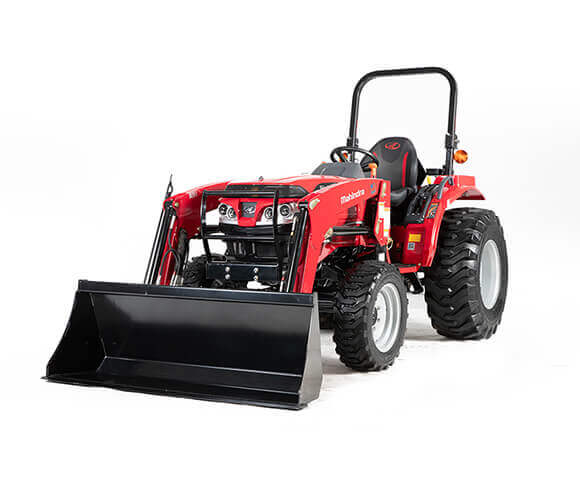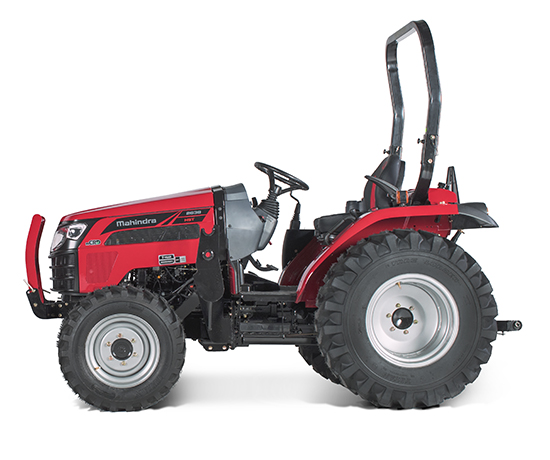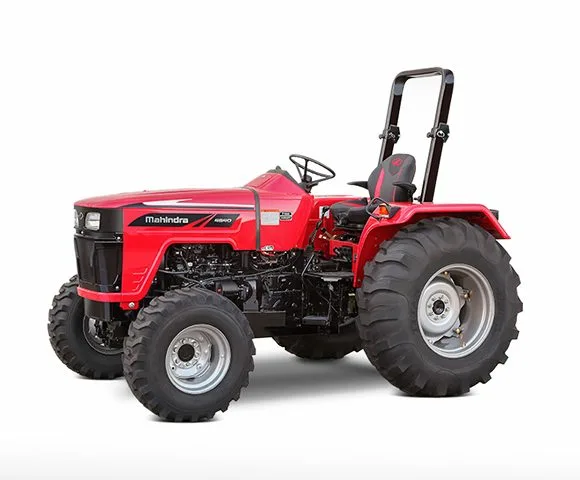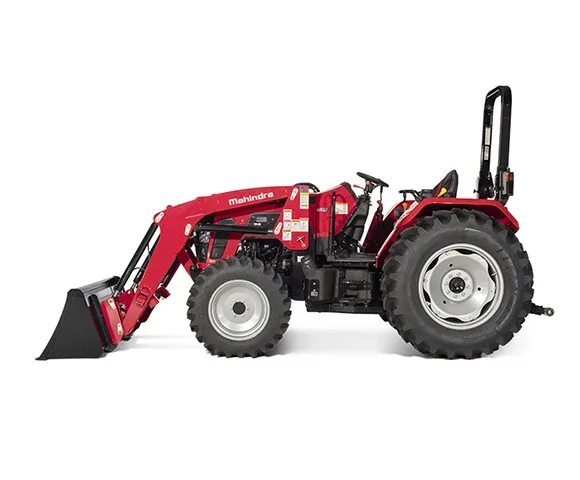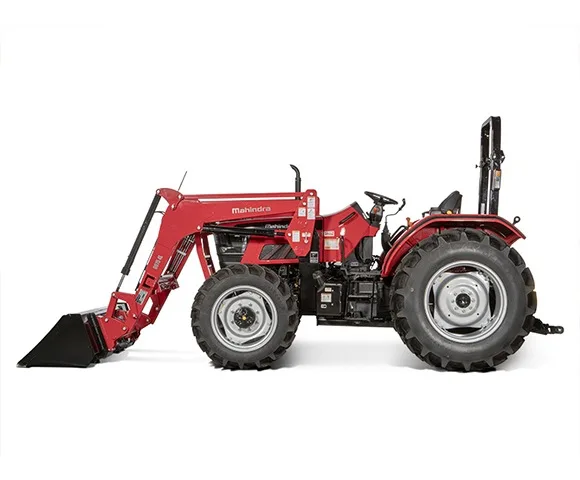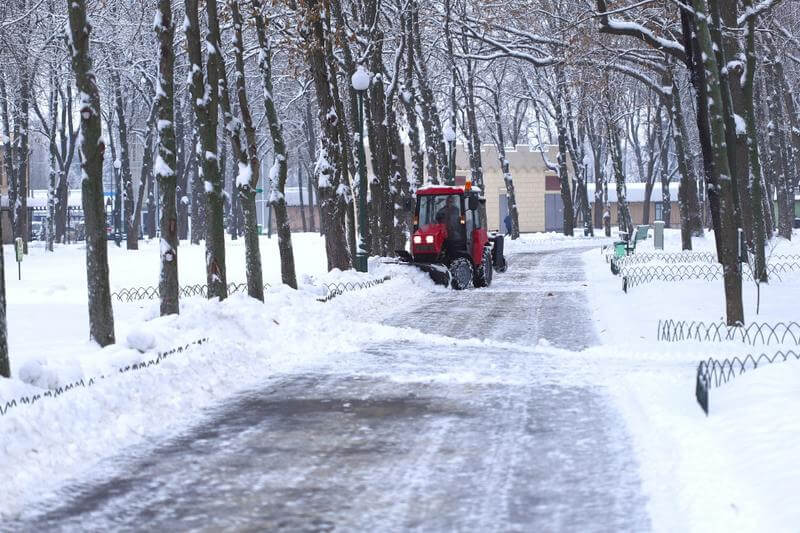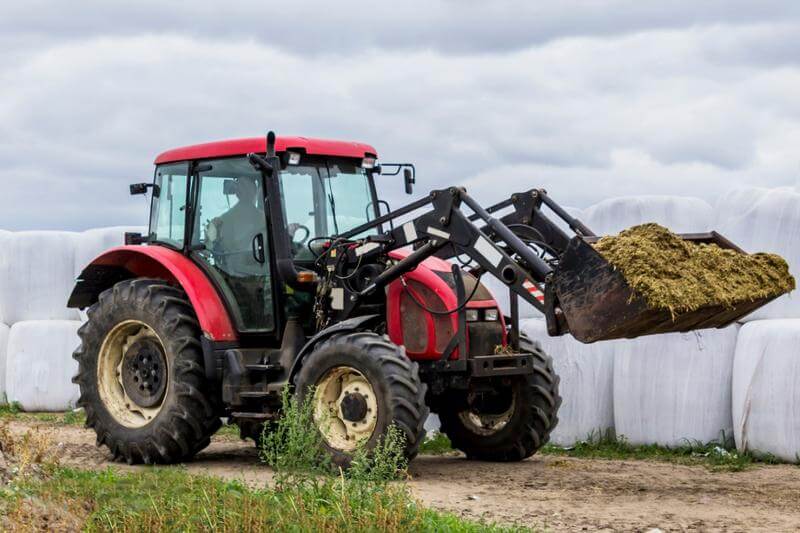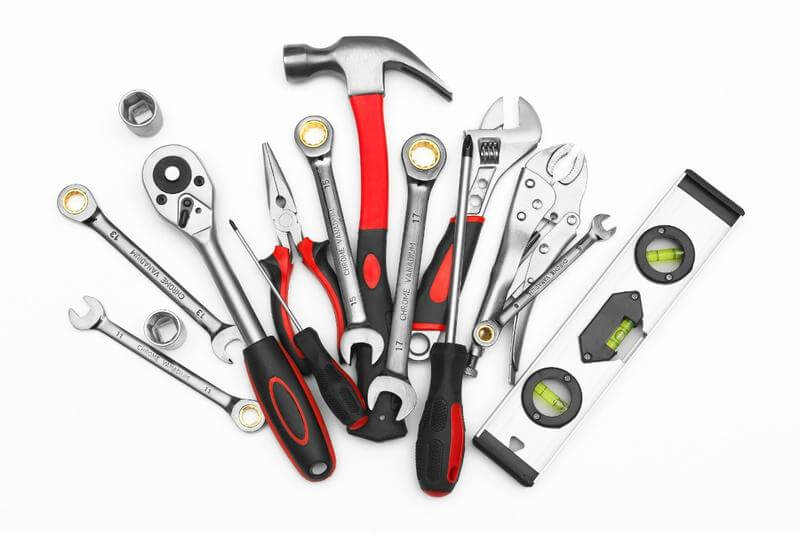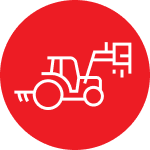When it comes to tractors, there are many different types to choose from and it’s important to select the right option for you and your operation. A popular choice for people with varying scales of acreage and responsibilities is a utility tractor. However, deciphering tractor terminology can sometimes be a challenge, so we encourage you to do a little research and continue reading to learn more about these great machines!

Definition
If you asked several people to imagine a tractor, it’s pretty likely each individual would picture something different. This is partly why defining the different categories of tractors can be so difficult.
Generally utility tractors can be described as a moderately sized machine with or without a cab and the capability of using several different attachments and implements. To be more specific, they have a horsepower starting around 40HP and ranging upward of 100HP.
It’s also helpful to think about the word “utility” when it comes to defining what a utility tractor is. The word utility tends to describe something that is extremely versatile and able to work hard.
Uses
So, with a definition like that, what all can a utility tractor do? It’s evident it’s capable of handling many different tasks, but there are a handful of popular jobs these tractors can do.
Below is a list of common uses for utility tractors with different attachments and implements:
- Snow clearing with a snow blower attachment
- Lifting hay bales with a fork and spear attachment
- Moving materials with a front loader attachment
- Mowing with a rotary cutter
- Building a fence with an auger attachment
- Planting seed with a planter
With so many implements and attachments available, a utility tractor can truly become your go-to machine all year long. However, it’s important to analyze how much power you’ll need to complete specific tasks for your own operation! For example, a professional landscaper may need a bit more power than a homeowner in some situations.
Operation
Utility tractors operate similarly to other tractor types, utilizing PTO, hydraulic systems, and throttles to make adjustments and control the machine’s attachments and implements. If you’ve operated a tractor before, there won’t be much of a learning curve to handle a utility model!
The biggest factor when it comes to operation is actually comfort. It might not seem like a priority, but when the operator is comfortable for the entirety of the day or duration of operation, work tends to get done a bit easier! So, in some scenarios a cab will be a necessary feature for optimal comfort and protection.
Utility tractors are truly impressive and can help you complete your to do list in a breeze! To learn more about Mahindra® utility tractors, reach out to your local dealer.
